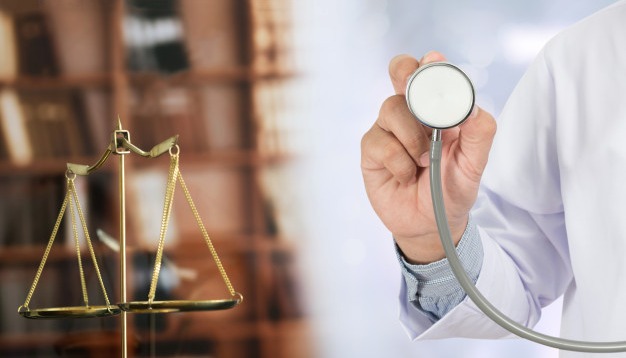Empagliflozin Beneficial in Type 1 Diabetes, DKA a Risk
The sodium-glucose cotransporter type 2 (SGLT2) inhibitor empagliflozin (Jardiance, Boehringer Ingelheim/Eli Lilly) improved glycemic control and weight in type 1 diabetes, but also increased the risk for diabetic ketoacidosis (DKA), new data show.
Findings from the Empagliflozin as Adjunctive to Insulin Therapy (EASE) program were presented October 4 here at the European Association for the Study of Diabetes (EASD) 2018 Annual Meeting and simultaneously publishedin Diabetes Care.
SGLT2 inhibitors are one of the newer classes of oral drugs used to treat type 2 diabetes.
The new data come from two double-blind, placebo-controlled phase 3 trials: EASE-2, with a total of 730 patients with type 1 diabetes and HbA1c 7.5% to 10.0% randomized to 10 mg or 25 mg of empagliflozin daily or placebo for 52 weeks, and EASE-3, with 734 similar patients randomized to 2.5 mg, 10 mg, or 25 mg of empagliflozin or placebo daily for 26 weeks.
Overall, empagliflozin significantly improved glycemic control and weight without increasing hypoglycemia, but the 10-mg and 25-mg doses — the two currently approved for treating type 2 diabetes — were associated with a three- to four-fold increased risk for DKA as well as genital infections.
After the data were presented during the 90-minute session at the EASD meeting, two speakers expressed differing views on the relative benefit–risk calculation for use of empagliflozin, or other SGLT2 inhibitors, in patients with type 1 diabetes.
Study coauthor Lori M. Laffel, MD, chief of the pediatric, adolescent, and young adult section of the Joslin Clinic, Boston, Massachusetts, noted that SGLT2 inhibitors represent an opportunity for meeting unmet needs in type 1 diabetes — in terms of managing both glycemia and weight — and she offered recommendations for mitigating the DKA risk associated with SGLT2 inhibitors.
“There is an opportunity here that we may have a way to optimize benefit, capitalize on the efficacy, while minimizing risk associated with these agents, in a population where there are already inherent risks for acute complications,” Laffel said.
However, independent commentator Thomas R. Pieber, MD, of the department of endocrinology and diabetology at the Medical University of Graz, Austria, pointed out that the DKA associated with SGLT2 inhibitor use may be particularly difficult to detect early on, as it often occurs in the setting of euglycemia rather than hyperglycemia. And two other common DKA symptoms — thirst and frequent urination — are also side effects of the drug.
Thus, he noted, “Three of the most important warning signals for DKA are lost.”






